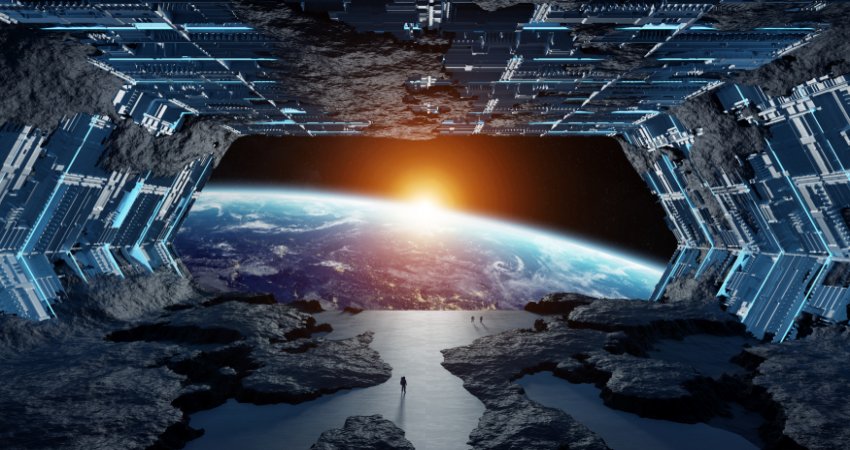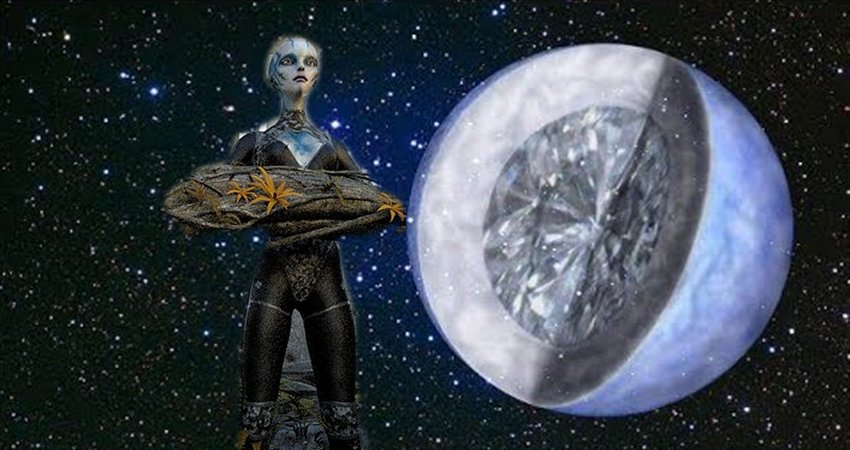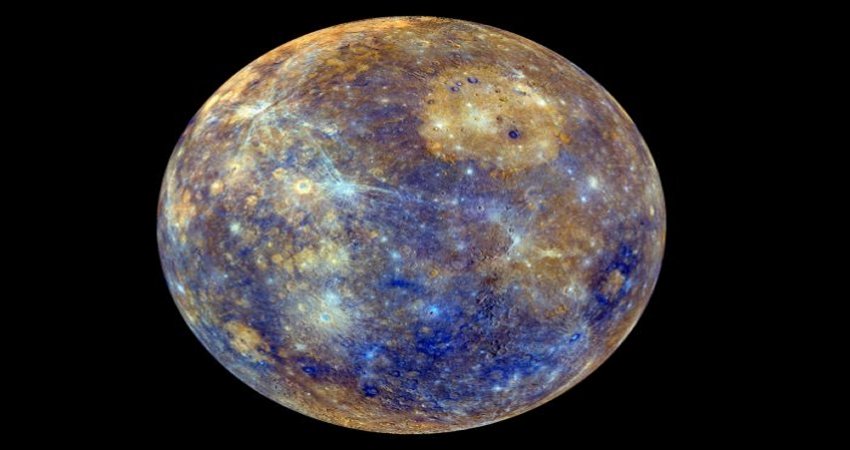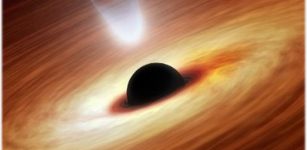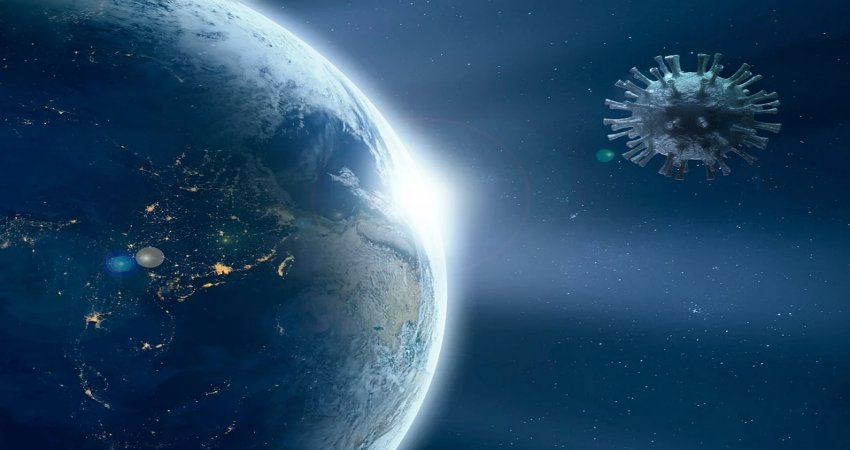Alien Species Living In The Inner Milky Way Could Be In Danger
MessageToEagle.com – Few people doubt there is intelligent alien life in the Milky Way galaxy, but where can we expect to find it?
Astronomers think that while the inner sector of the MIlky Way Galaxy may be the most likely to support habitable worlds.
Unfortunately some of these places are also most dangerous to all life-forms.
According to Michael Gowanlock of NASA’s Astrobiology Institute, and his Trent University colleagues David Patton and Sabine McConnel, habitability in the Milky Way can be based on three factors: supernova rates, metallicity (the abundance of heavy elements, used as a proxy for planet formation) and the time taken for complex life to evolve.
The scientists discovered that although the greater density of stars in the inner galaxy (out to a distance of 8,100 light years from the galactic center) meant that more supernovae exploded, with more planets becoming sterilized by the radiation from these exploding stars, the chances of finding a habitable planet there was ten times more likely than in the outer Galaxy.
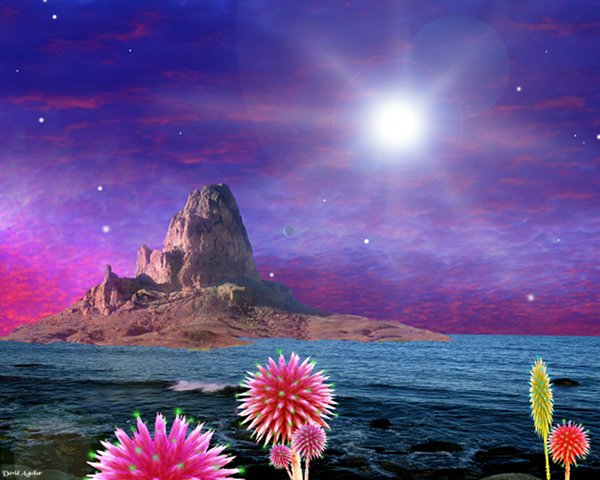
This contradicts previous studies that, for example, suggested the Galactic Habitable Zone (GHZ) to be a belt around the Galaxy between distances of 22,800 light years (7 kiloparsecs) and 29,300 light years (9 kiloparsecs) from the galactic center.
What’s noticeable is that our Sun orbits the Galaxy at a distance of about 26,000 light years (8 kiloparsecs) – far outside GHZ proposed by Gowanlock’s team.
Why is their proposed galactic habitable zone so different?
“We assume that metallicity scales with planet formation,” says Gowanlock. Heavy elements are produced by dying stars, and the more generations of stars there have been, the greater the production of these elements (or ‘metals’ as they are termed by astronomers). Historically, the greatest amount of star formation has occurred in the inner region of the Milky Way.
“The inner Galaxy is the most metal-rich, and the outer Galaxy is the most metal-poor.
Therefore the number of planets is highest in the inner Galaxy, as the metallicity and stellar density is the highest in this region.”
Supernovae – a real danger to all extraterrestrial life
However, amongst so much star formation lurks a danger: supernovae. Gowanlock’s team modeled the effects of the two most common forms of supernovae – the accreting white dwarfs that produce type Ia supernovae, and the collapsing massive stars of type II supernovae.
See also:
Advanced Alien Civilizations Could Live In Globular Star Clusters
Super Aliens May Already Live Inside Supermassive Black Holes
Invisible Aliens: Extraterrestrial Life May Be Beyond Human Understanding
Measurements of the galactic abundance of the isotope aluminum-26, which is a common by-product of type II supernovae, have allowed astronomers to ascertain that a supernova explodes on average once every 50 years. Meanwhile, previous studies have indicated that a supernova can have a deleterious effect on any habitable planet within 30 light years.
“In our model, we assume that the build-up of oxygen and the ozone layer is required for the emergence of complex life,” says Gowanlock. “Supernovae can deplete the ozone in an atmosphere. Therefore, the survival of land-based complex life is at risk when a nearby supernova sufficiently depletes a great fraction of the ozone in a planet’s atmosphere.”
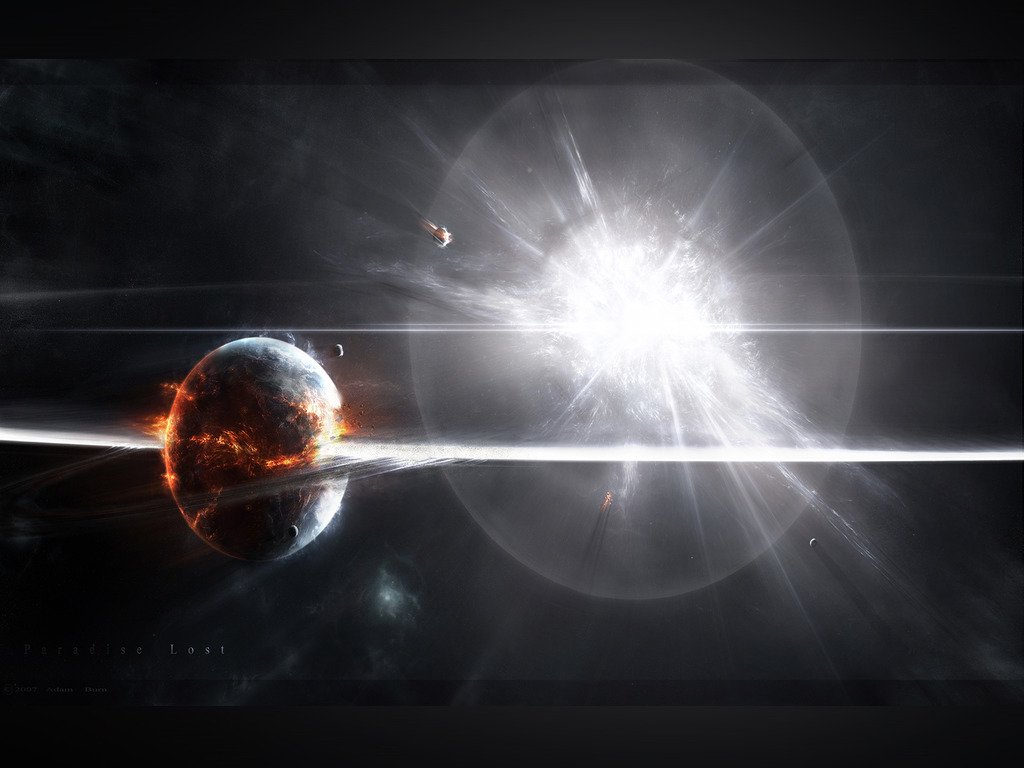
The team discovered that at some time in their lives, the majority of stars in our Galaxy will be bathed in the radiation from a nearby supernova, whereas around 30% of stars remain untouched or unsterilized.
“Sterilization occurs on a planet that is roughly [at a distance] between 6.5 to 98 light years, depending on the supernovae,” says Gowanlock. “In our model, the sterilization distances are not equal, as some supernovae are more lethal than others.”
Although the outer regions of the Galaxy, with their lower density of stars and fewer supernovae, are generally safer, the higher metallicity in the inner Galaxy means that the chances of finding an unsterilized, habitable world are ten times greater, according to Gowanlock’s model. However, their model does not stipulate any region of the Galaxy to be uninhabitable, only that it’s less likely to find habitable planets elsewhere.
This explains why our Solar System can reside far outside of the inner region, and it also gives hope to SETI – Gowanlock’s model proposes that there are regions of the Galaxy even more likely to have life, and many SETI searches are already targeted towards the galactic center.
We must also not forget that the Galactic Habitable Zone isn’t static. The research paper written by Gowanlock’s team points out that over time the metallicity of the Galaxy will begin to increase the farther out one travels from the galactic center.
“This is why stars that form at a later date have a greater chance of having terrestrial planets,” says Gowanlock. As a result, perhaps the heyday for life in our Galaxy is yet to come.
MessageToEagle.com



